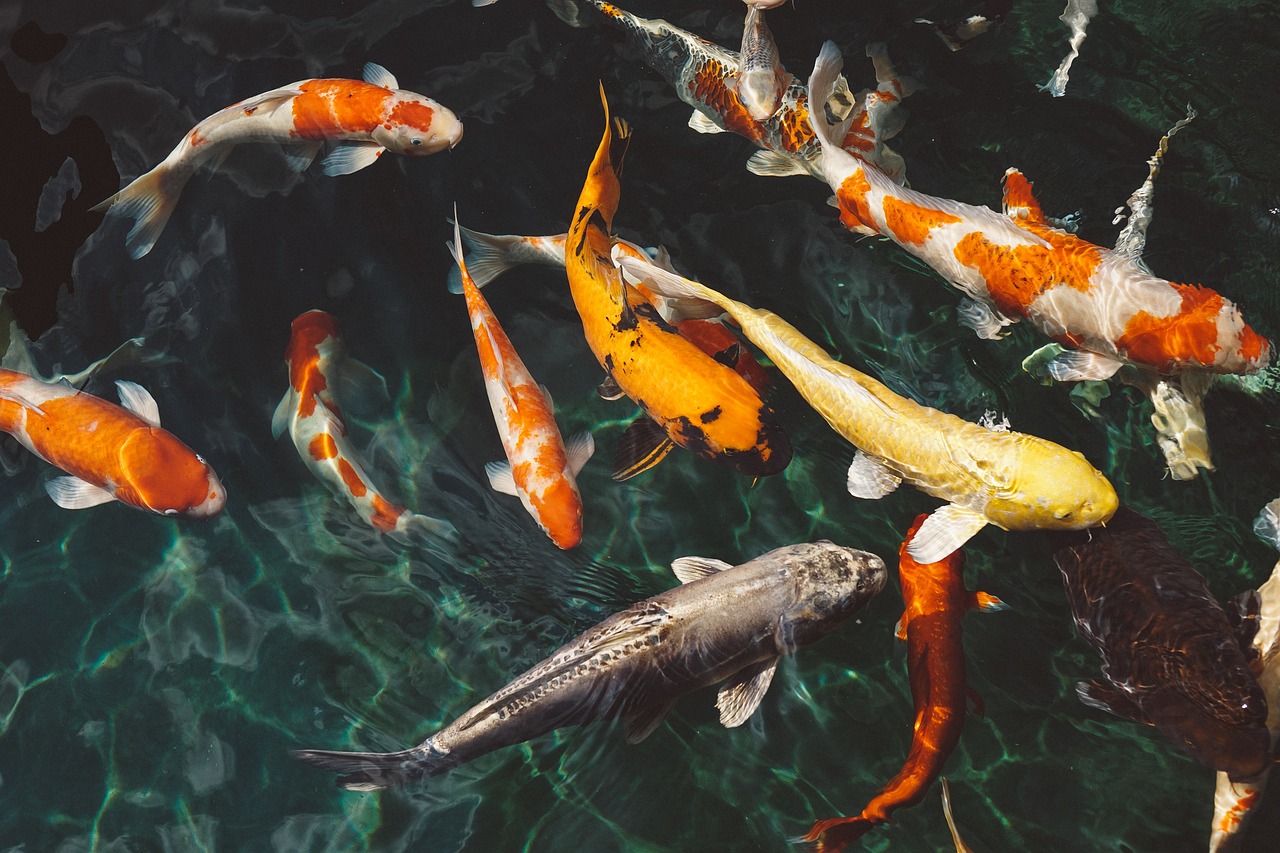Capturing stunning underwater videos with an action camera can be an exhilarating experience. Whether you are exploring vibrant coral reefs or filming aquatic life, the right techniques and gear can significantly enhance your footage. This article serves as a comprehensive guide on how to effectively shoot incredible underwater videos using action cameras.
Choosing the right action camera is essential for underwater filming. Look for models with a high waterproof rating, typically at least 10 meters (33 feet) without an additional housing. Key features to consider include:
- Image Quality: Opt for cameras that offer 4K resolution for crisp and clear videos.
- Stabilization: Look for electronic image stabilization to minimize shake.
- Battery Life: Ensure the camera can last through your diving sessions.
Preparation is vital for successful underwater filming. Begin by ensuring your camera is properly sealed and free from any dust or debris. Here are some steps to follow:
- Check the O-rings and seals for any damage.
- Use anti-fog inserts to prevent condensation inside the housing.
- Test your camera in shallow waters before deep dives.
Using the right accessories can dramatically improve your underwater video quality. Essential gear includes:
| Accessory | Purpose |
|---|---|
| Underwater Housing | Protects your camera from water damage. |
| Filters | Enhances color saturation and reduces the greenish tint of underwater footage. |
| Stabilizers | Helps reduce camera shake for smoother videos. |
Understanding how to adjust your camera settings is crucial for capturing vibrant underwater scenes. Key settings to consider include:
- White Balance: Adjust to compensate for the blue tones in water.
- ISO: Keep it low to reduce noise, especially in low-light conditions.
- Frame Rate: Use a higher frame rate for slow-motion effects.
Employing specific shooting techniques can elevate your underwater videos. Consider these tips:
- Composition: Use the rule of thirds to create visually appealing shots.
- Movement: Move slowly to avoid disturbing marine life.
- Lighting: Utilize natural light when possible, and consider bringing an external light source for deeper dives.
Lighting can be challenging underwater due to depth and water clarity. Use these strategies to enhance visibility:
- Film during midday when sunlight is strongest.
- Utilize artificial lights to illuminate darker areas.
- Adjust your camera settings to accommodate for low-light situations.
Maintaining your action camera is essential for longevity. After each dive, follow these steps:
- Rinse your camera and housing with fresh water to remove salt and sand.
- Dry all components thoroughly before storage.
- Store in a cool, dry place to prevent mold and corrosion.
Editing is where your underwater footage comes to life. Use software tools like Adobe Premiere Pro or Final Cut Pro to:
- Perform color correction to enhance the vibrancy of your footage.
- Stabilize shaky clips for a smoother viewing experience.
- Add transitions and effects to engage your audience.
Avoiding common pitfalls can save time and improve your results. Here are frequent mistakes to watch out for:
- Not checking seals before diving.
- Filming too close to subjects, which can scare them away.
- Neglecting to practice with your equipment before important shoots.
Sharing your underwater videos can help you reach a broader audience. Consider platforms like YouTube, Vimeo, and social media for showcasing your work. Use relevant hashtags and engaging captions to attract viewers.
Studying successful underwater videos can provide valuable insights. Look for notable examples on platforms like YouTube or Vimeo and analyze what makes them effective, such as storytelling, unique angles, and editing techniques.
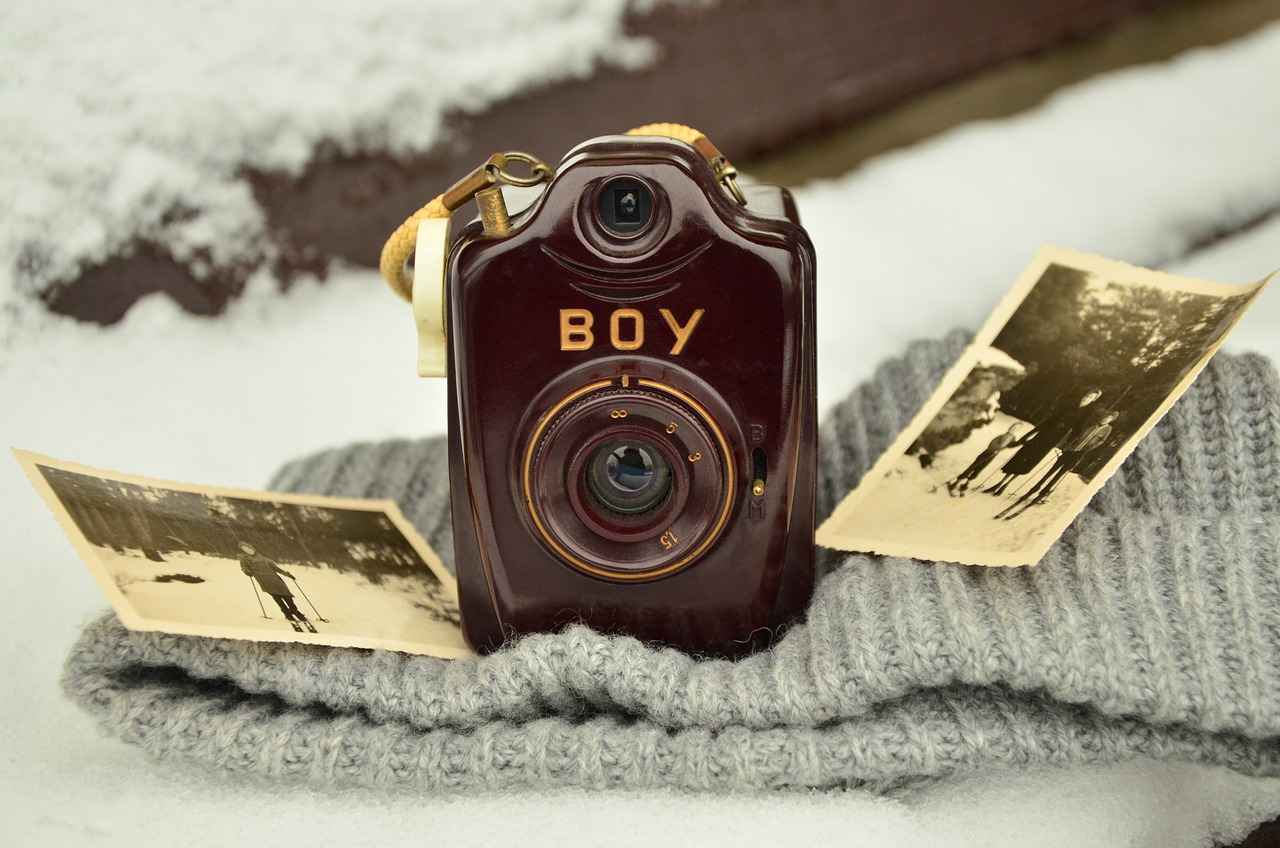
What Action Camera Should You Choose for Underwater Filming?
When it comes to capturing breathtaking underwater footage, choosing the right action camera is essential. There are several factors to consider to ensure that your filming experience is both enjoyable and successful. Below, we delve into the key aspects that will help you make an informed decision.
- Waterproof Ratings: One of the most critical features to look for is the camera’s waterproof rating. Cameras with a rating of IP68 or higher are ideal for underwater use, as they can withstand significant depths without the risk of water damage. Ensure the camera can handle the specific depths you plan to explore.
- Image Quality: The clarity of your underwater footage is heavily influenced by the camera’s image quality. Look for cameras that offer at least 1080p resolution or higher. Additionally, features like 4K video capabilities can enhance the detail and vibrancy of your underwater scenes, making them more visually appealing.
- Lens and Field of View: A wide-angle lens is beneficial for capturing expansive underwater landscapes. Cameras with a field of view of 170 degrees or more can help you capture more of the underwater environment, providing a more immersive experience.
- Low-Light Performance: Underwater environments can be dimly lit, especially at greater depths. Cameras that excel in low-light conditions will produce better quality footage. Look for features such as large sensor sizes and high ISO capabilities to improve your shooting experience.
- Stabilization Features: Underwater filming often involves movement, whether from the current or your own actions. Cameras equipped with image stabilization technologies, such as electronic or optical stabilization, will help produce smoother footage, reducing the effects of shaky hands or water turbulence.
- Battery Life: Long battery life is crucial when filming underwater, as you may not have the opportunity to recharge frequently. Look for cameras that offer extended battery durations or consider carrying extra batteries for longer shoots.
- Additional Features: Consider other features that may enhance your underwater filming experience. Options such as built-in Wi-Fi for easy sharing, remote control capabilities, and voice control can add convenience and flexibility to your shooting process.
In summary, selecting the right action camera for underwater filming involves careful consideration of various factors, including waterproof ratings, image quality, and additional features. By prioritizing these elements, you can ensure that your underwater adventures are captured in stunning detail, allowing you to relive and share your experiences with others.
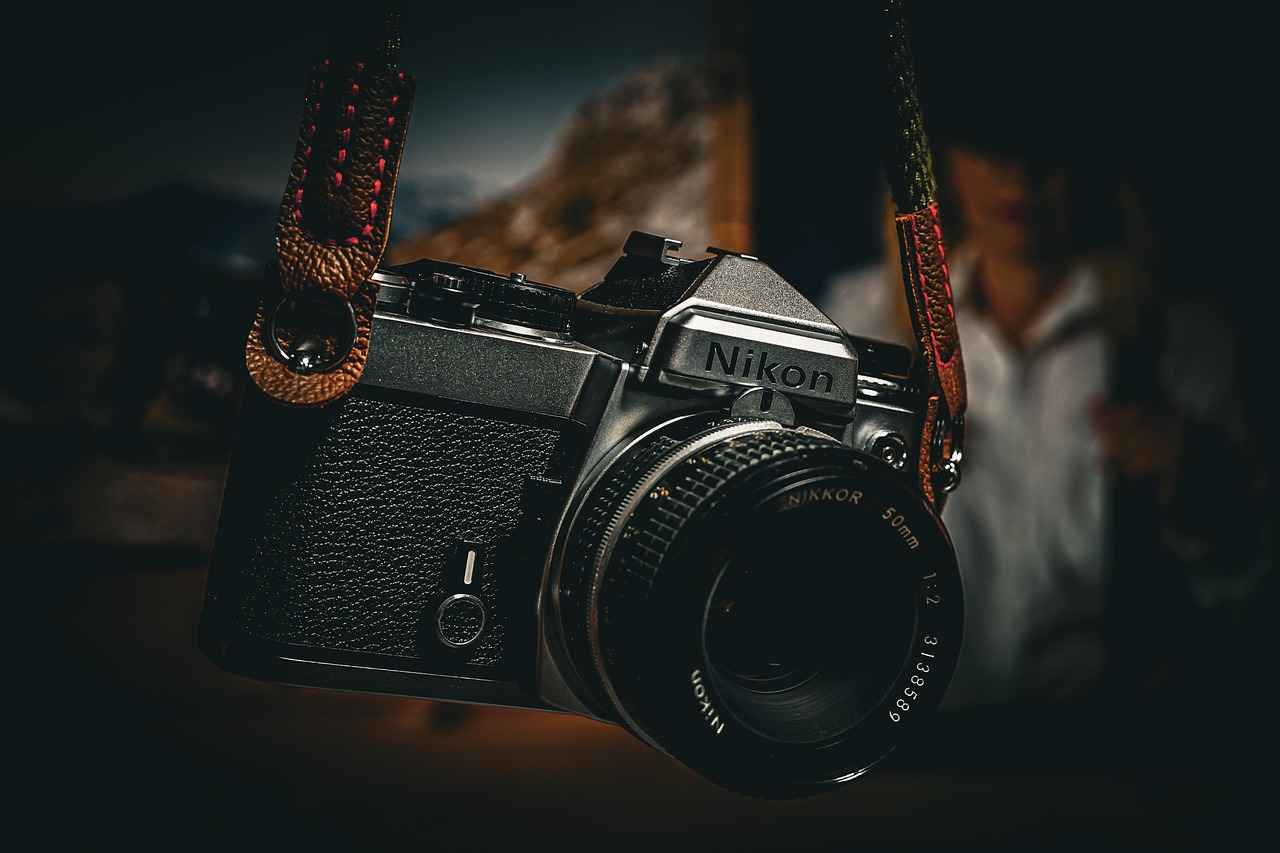
How to Properly Prepare Your Action Camera for Underwater Use?
When it comes to capturing breathtaking underwater footage, preparation is absolutely essential. Properly preparing your action camera not only ensures that you get the best possible results but also protects your equipment from water damage. Here’s a comprehensive guide on how to prepare your action camera for underwater use effectively.
- Check Waterproof Seals: Before heading out, inspect your camera’s waterproof seals. Ensure that they are intact and free from dirt or debris, as even a small crack can lead to water ingress.
- Use Quality Housing: Invest in a high-quality underwater housing that matches your camera model. This extra layer of protection is crucial for deeper dives where pressure increases.
- Charge Batteries: Underwater filming can drain your battery quickly. Always start with fully charged batteries and consider bringing spares to avoid missing out on capturing those perfect moments.
- Format Your Memory Card: Before filming, format your memory card to ensure you have enough space and to minimize the risk of data corruption. This step can save you from potential headaches later on.
- Attach Essential Accessories: Equip your camera with necessary accessories like float straps, which prevent loss in case of accidental drops, and lens filters to enhance color accuracy underwater.
Additionally, understanding your camera’s settings is vital. Adjust the white balance to compensate for the color loss that occurs underwater. The deeper you go, the more reds and yellows get filtered out, so setting your camera to a warmer tone can help maintain vibrant colors in your footage.
Another important aspect of preparation is to familiarize yourself with your camera’s controls. Practice using your camera in shallow water or even on land to ensure you can quickly adjust settings when needed. This will help you capture spontaneous moments without fumbling with buttons.
Finally, consider the conditions you will be filming in. If you’re diving in murky waters or during cloudy days, plan your shots accordingly. Bring along additional lighting equipment if necessary, as natural light may not be sufficient to illuminate your subjects.
In summary, thorough preparation is the cornerstone of successful underwater filming. By ensuring your camera is properly sealed, equipped with the right accessories, and adjusted for optimal performance, you can focus on what truly matters: capturing stunning underwater videos that showcase the beauty of the aquatic world.
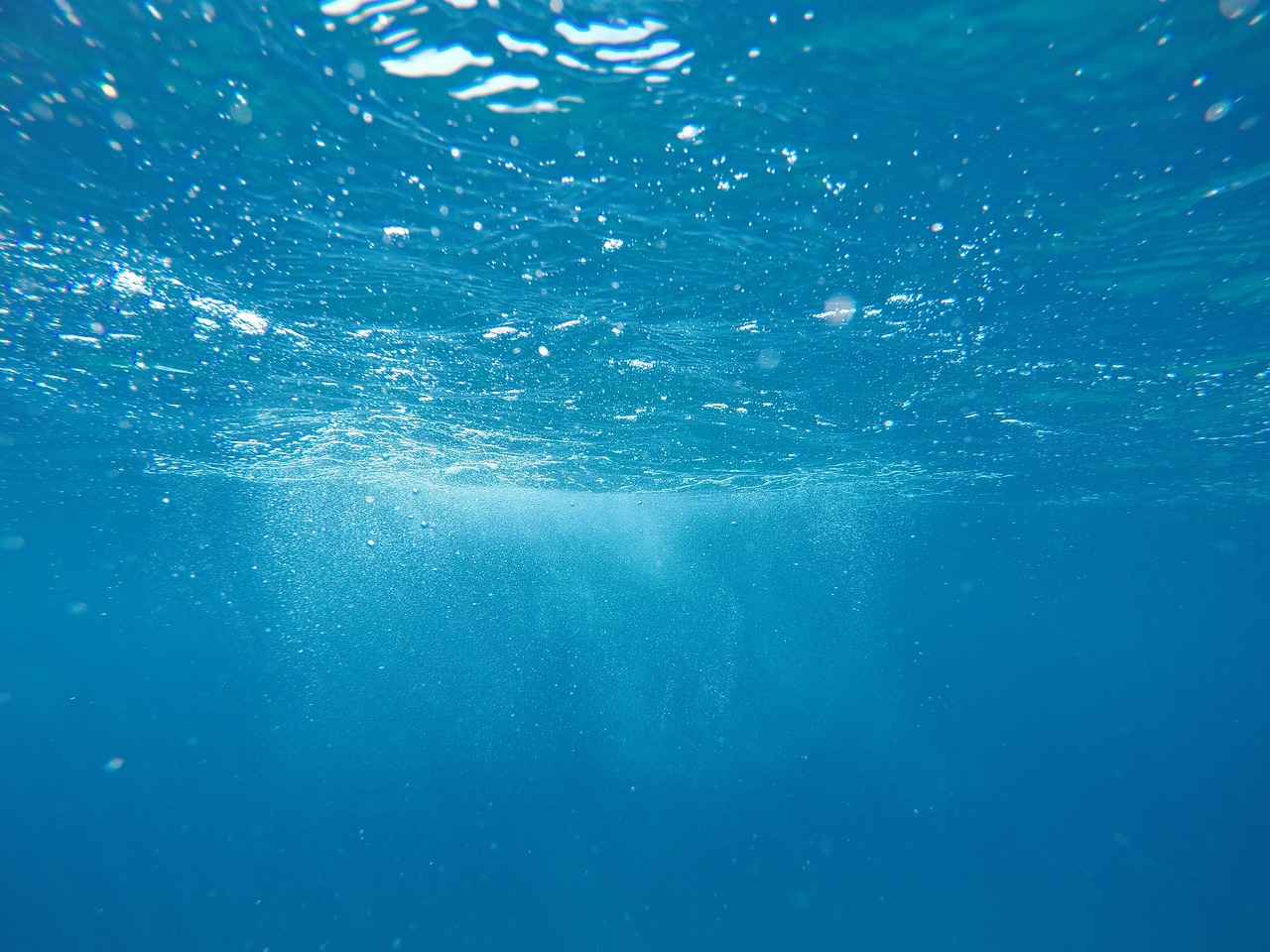
What Accessories Enhance Underwater Video Quality?
When it comes to capturing breathtaking underwater videos, accessories play a crucial role in enhancing the quality of your footage. Investing in the right gear can make all the difference, allowing you to showcase the vibrant marine life and stunning underwater landscapes effectively. In this section, we will explore essential accessories that can elevate your underwater videography.
One of the most important accessories for underwater filming is underwater housing. This protective casing ensures that your action camera is safe from water damage. Look for housing that offers:
- Depth Rating: Ensure it can withstand the depths you plan to explore.
- Accessibility: Choose a housing that allows easy access to controls.
- Lens Compatibility: Make sure it fits your camera model and any additional lenses you may want to use.
Another key accessory is the filter. Underwater environments can distort colors, making your footage appear dull. Using filters can help:
- Enhance Colors: Red filters compensate for the loss of red wavelengths at depth, bringing back the vibrant hues.
- Reduce Glare: Polarizing filters can help minimize surface glare, allowing for clearer shots.
Stabilizers are vital for achieving smooth footage in challenging underwater conditions. They help reduce the effects of water currents and your own movements. Consider the following options:
- Handheld Gimbals: These provide dynamic stabilization, making your videos look professional.
- Floaty Hand Grips: These not only stabilize your camera but also keep it buoyant, preventing it from sinking.
Underwater lighting can dramatically improve the quality of your videos, especially in deeper waters where natural light is scarce. Here are some lighting options to consider:
- Video Lights: These provide consistent lighting and can enhance color saturation.
- Underwater Flash: Useful for capturing close-up shots of marine life, helping to freeze motion and illuminate details.
In addition to the primary accessories mentioned, consider these additional items:
- Lens Attachments: Wide-angle or macro lenses can expand your creative options.
- Safety Tether: This ensures your camera remains attached to you, preventing loss in the water.
- Extra Batteries: Filming underwater can drain batteries quickly, so having spares on hand is essential.
In summary, using the right accessories not only enhances the quality of your underwater videos but also gives you the confidence to capture stunning visuals. From protective housings to color-enhancing filters and stabilizers, each accessory plays a vital role in creating captivating footage that showcases the beauty of the underwater world.
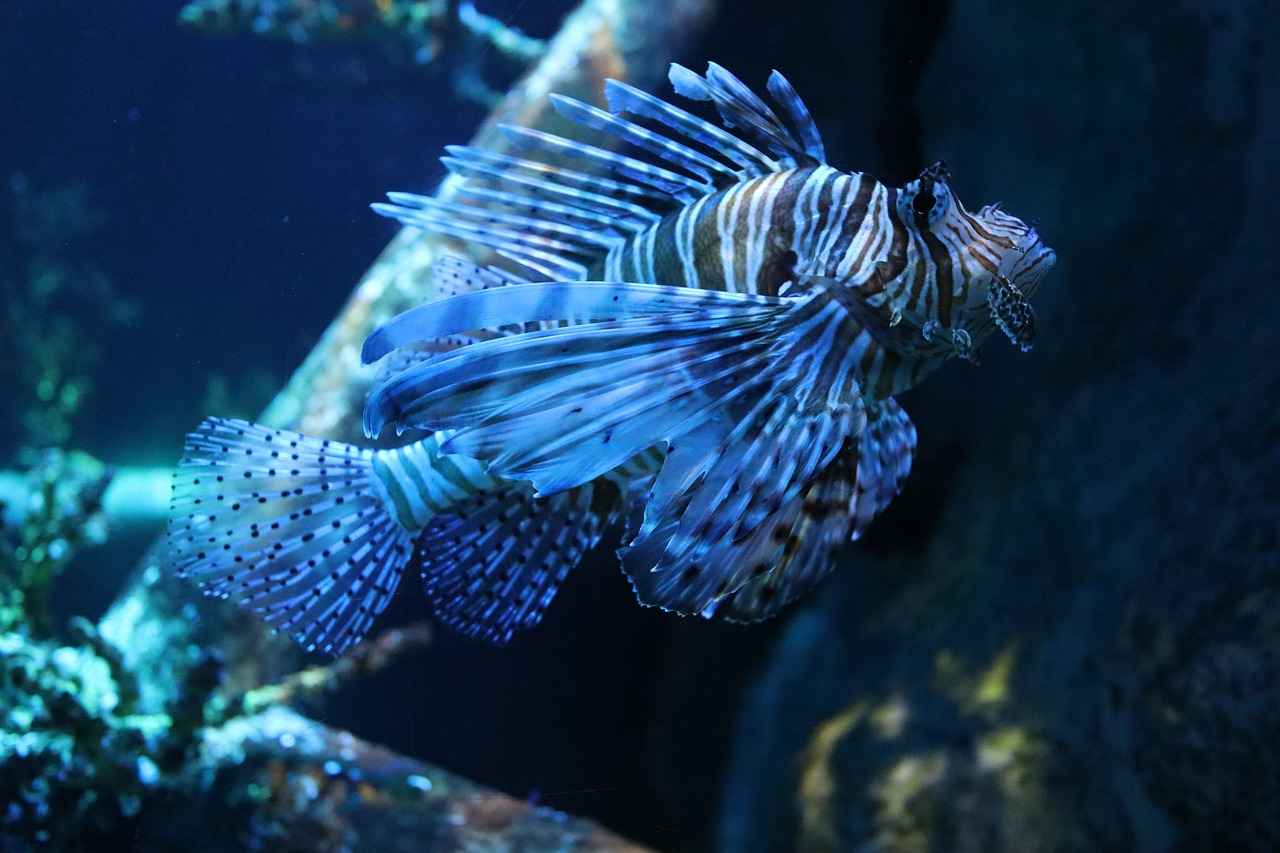
How to Adjust Settings for Underwater Filming?
When it comes to capturing breathtaking underwater footage, understanding camera settings is absolutely essential. The unique environment beneath the waves presents challenges that require careful adjustments to your camera settings to ensure your videos are vibrant and clear.
One of the first settings to consider is the white balance. Underwater, colors can appear muted or distorted due to the absorption of light by water. To combat this, manually setting the white balance can help restore the natural colors of your surroundings. Depending on the depth and clarity of the water, you might need to adjust the white balance to warmer settings to bring out the reds and oranges that are often lost underwater.
Next, exposure settings play a crucial role in how your footage turns out. Underwater environments can be quite dark, especially at greater depths. To capture the best images, you may need to increase the ISO setting to allow more light into the camera. However, be cautious, as too high an ISO can introduce noise into your footage. A good starting point is to set your ISO to around 400, and adjust from there based on the lighting conditions.
Additionally, frame rate is another critical factor. For dynamic underwater scenes, such as marine life in motion, a higher frame rate (like 60fps or more) can provide smoother footage. On the other hand, if you’re capturing slower movements or want to achieve a cinematic look, a frame rate of 24fps or 30fps may be more appropriate. Always consider the action you are filming and adjust accordingly.
Another important aspect is the shutter speed. A general rule of thumb is to set your shutter speed to double your frame rate. For instance, if you are filming at 30fps, your shutter speed should ideally be set to 1/60th of a second. This helps to create natural motion blur and maintains the quality of your footage.
Finally, don’t forget about the focus settings. Autofocus can struggle in murky waters, so switching to manual focus may yield better results. Take the time to practice focusing on your subject before shooting to ensure that your footage is sharp and clear.
In summary, adjusting your camera settings for underwater filming is a multifaceted process that requires attention to detail. By mastering white balance, exposure, frame rate, shutter speed, and focus, you can significantly enhance the quality of your underwater videos. With practice and experimentation, you’ll be able to capture stunning visuals that showcase the beauty of the underwater world.
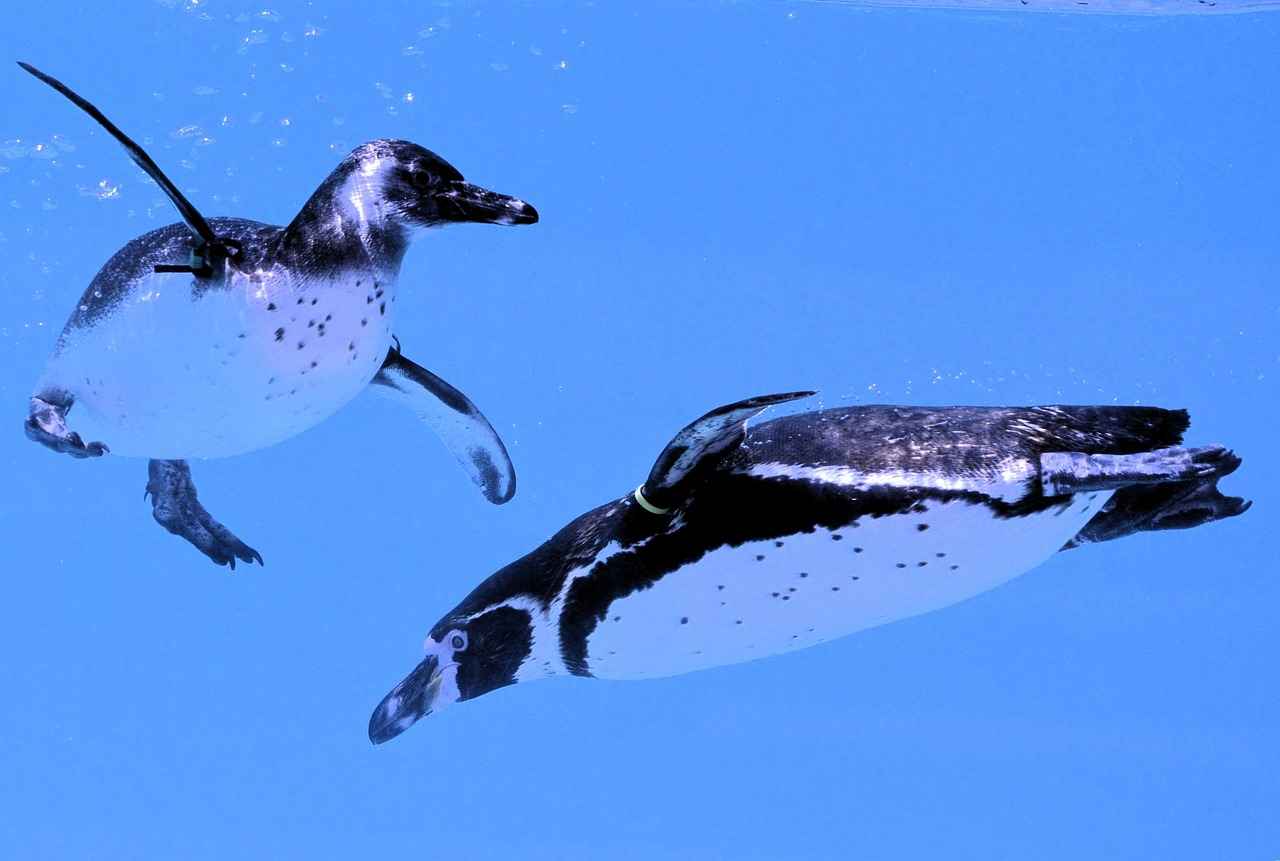
What Techniques Can Improve Your Underwater Shooting Skills?
When it comes to capturing breathtaking underwater videos, employing specific shooting techniques can significantly enhance the quality and appeal of your footage. Understanding composition, movement, and lighting techniques is essential in making your underwater videos stand out from the rest.
Composition is the backbone of any good video. In underwater filming, it’s vital to frame your shots thoughtfully. Consider the rule of thirds to create a balanced image. Place key subjects along the lines or at their intersections to draw viewers’ attention. Additionally, try to include elements of foreground and background to add depth to your shots. This technique invites viewers into the scene, making them feel part of the underwater world.
Movement can breathe life into your underwater videos. Smooth, controlled motions are key to maintaining clarity. Use slow, deliberate movements to avoid stirring up sediment, which can cloud your footage. Additionally, consider using a stabilizer or gimbal to keep your shots steady, especially when swimming with your camera. Experiment with different angles and perspectives to create dynamic shots that capture the beauty of the underwater environment.
Lighting is often a challenge in underwater filming due to water’s natural filtering effects. To combat this, try to shoot during the golden hour, when natural light is softer and warmer. If you’re diving deeper, consider using artificial lights or video lights to illuminate your subjects effectively. Position your lights at a 45-degree angle to avoid harsh shadows and create a more flattering look. Using color correction filters can also help enhance the natural colors of your underwater scenes.
Planning your shots before diving can save time and improve the quality of your footage. Create a shot list based on the environment you’ll be filming in. Think about the types of marine life you want to capture and the best angles to showcase them. This pre-planning allows you to focus on capturing the moment rather than scrambling for ideas underwater.
Incorporating natural elements such as coral formations, schools of fish, or even the play of light through the water can add an artistic touch to your videos. Look for interesting patterns or textures that can serve as a backdrop for your subjects. This not only enhances the visual appeal but also tells a story about the underwater ecosystem.
Like any other skill, practice is crucial for improving your underwater shooting techniques. Regularly diving and filming will help you become more comfortable with your equipment and the underwater environment. Take the time to review your footage after each dive to identify areas for improvement. This feedback loop is invaluable for honing your skills and becoming a more proficient underwater videographer.
By focusing on these techniques—composition, movement, lighting, planning, and utilizing natural elements—you can significantly enhance the quality of your underwater videos. With practice and attention to detail, your footage can not only capture the beauty of the underwater world but also engage and inspire your audience.

How to Manage Lighting Conditions Underwater?
Underwater videography presents unique challenges, particularly when it comes to lighting conditions. The depth of the water and its clarity can significantly impact the quality of your footage. In this section, we will explore effective strategies to manage lighting and enhance the visibility and color of your underwater videos.
When filming underwater, it’s essential to recognize that light behaves differently than it does in air. As you descend, the intensity of natural light decreases, and colors begin to fade. Reds and oranges are the first to disappear, leaving your footage with a blue or green hue. This phenomenon is known as color loss, and it can drastically alter the appearance of marine life and environments.
To make the most of natural light, consider the following tips:
- Time Your Shots: The best time for underwater filming is during midday when the sun is at its highest. This allows for maximum light penetration.
- Angle Matters: Position yourself so that the sunlight is coming from behind your camera. This technique helps illuminate your subject while minimizing backlighting issues.
- Surface Reflections: Be aware of surface reflections that can cause glare. Try to shoot at angles that reduce this effect.
While natural light is invaluable, it may not always suffice. Here’s how to effectively use artificial lighting:
- Use Underwater Lights: Invest in high-quality underwater lights that are specifically designed for this purpose. These lights can restore the lost colors and enhance visibility.
- Adjust Brightness: When using artificial lights, adjust the brightness to avoid overexposure. A good rule of thumb is to start with a lower setting and gradually increase it.
- Light Positioning: Position your lights at an angle to reduce harsh shadows and evenly distribute light across your subject.
Post-production is a vital step in enhancing your underwater videos. Here are some techniques to consider:
- Color Grading: Use editing software to adjust the color balance. Boost reds and oranges to compensate for the color loss experienced underwater.
- Filters: If you’re using editing software, consider applying filters that mimic the natural light spectrum.
- Contrast Adjustment: Enhance contrast to make your footage pop, ensuring that the details are visible even in murky waters.
To ensure the best results in your underwater filming, keep these practices in mind:
- Test Before You Shoot: Conduct test shots to evaluate lighting conditions and make necessary adjustments.
- Monitor Water Conditions: Be aware of the water clarity and adjust your lighting techniques accordingly. Murky waters may require more powerful lighting.
- Practice Patience: Take your time to find the right angles and lighting setups. Rushing can lead to missed opportunities for stunning shots.
By understanding and managing the lighting conditions underwater, you can significantly enhance the quality of your videos. Whether utilizing natural light or incorporating artificial sources, the right techniques will ensure vibrant, colorful footage that captures the beauty of the underwater world.
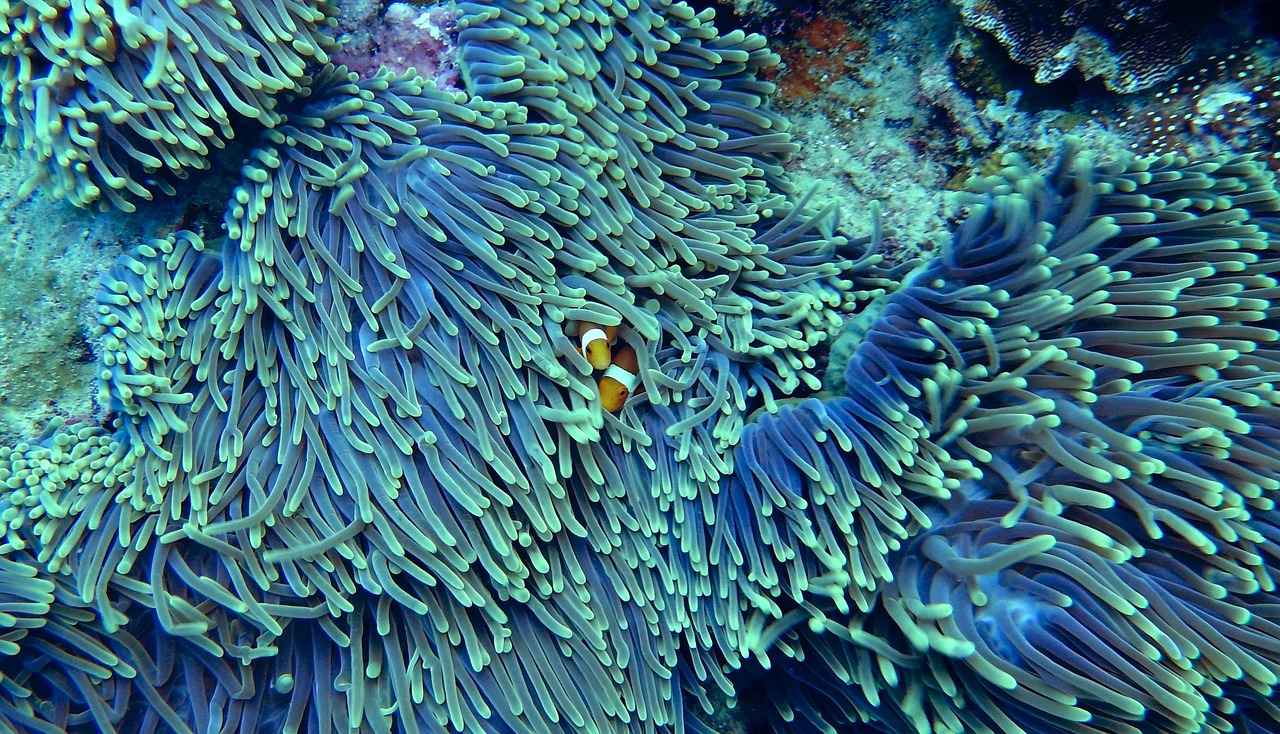
What are the Best Practices for Maintaining Your Equipment?
Maintaining your action camera is crucial for ensuring its longevity and performance, particularly after underwater adventures. When you take your camera into the depths, it is exposed to saltwater, sand, and other elements that can cause significant damage if not properly cared for. Here’s a comprehensive guide on the best practices for maintaining your equipment.
After each underwater session, it’s vital to clean your action camera thoroughly. Saltwater and sand can accumulate in crevices, potentially damaging the seals and affecting performance. Rinse your camera with fresh water immediately after use, ensuring that all ports and compartments are free of debris.
After rinsing, gently dry your camera with a soft, lint-free cloth. Avoid using heat sources such as hair dryers, as they can damage internal components. Instead, allow your camera to air dry in a cool, dry place. Ensure that all compartments, especially battery and memory card slots, are completely dry before sealing them.
Proper storage is equally important for your action camera’s longevity. Store your camera in a protective case to shield it from dust and impacts. Keep it in a cool, dry environment, away from direct sunlight or extreme temperatures. If you live in a humid area, consider using silica gel packets in your storage area to absorb moisture.
Regular inspections can help identify potential issues before they become serious. Check the seals, lenses, and buttons of your camera periodically. Look for signs of wear or damage, and replace any worn parts promptly. This proactive approach can save you from costly repairs in the long run.
Keeping your action camera’s firmware up to date is essential for optimal performance. Manufacturers often release updates that improve functionality and fix bugs. Regularly check the manufacturer’s website for updates, and follow their instructions for installation.
Your action camera’s accessories, such as mounts and filters, also require maintenance. Clean them after each use, especially if they have been exposed to saltwater. Store them in a dedicated case to prevent scratches and damage.
If your camera accidentally gets submerged beyond its rated depth or experiences a malfunction, act quickly. Remove the battery and memory card immediately, and dry the exterior thoroughly. Place the camera in a bowl of uncooked rice or silica gel to absorb moisture. Avoid turning it on until you are certain it is completely dry.
Consider having your action camera professionally serviced once a year, especially if you frequently use it underwater. Professionals can perform thorough cleaning and checks, ensuring that all components are functioning correctly and that your camera is in optimal condition.
By following these best practices for maintaining your action camera, you can significantly enhance its lifespan and performance. Regular cleaning, proper storage, and timely inspections will keep your equipment ready for your next underwater adventure.
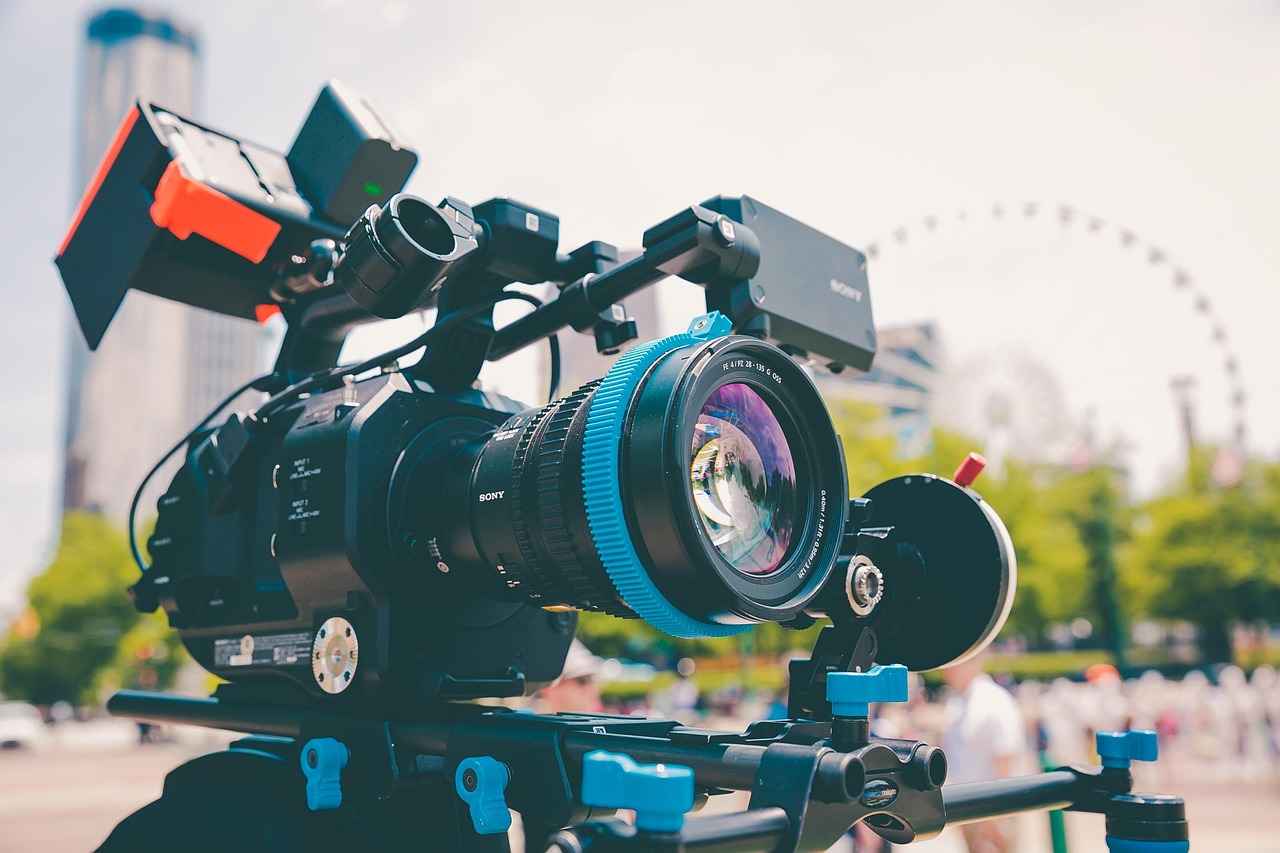
How to Edit Underwater Videos for Maximum Impact?
Editing underwater videos is a crucial step in transforming raw footage into a captivating visual experience. The right editing techniques can significantly enhance the quality of your underwater footage, making it more engaging and enjoyable for viewers. In this section, we will explore various software options, essential techniques, and tips to elevate your underwater videos.
Choosing the right video editing software is essential for achieving stunning results. Popular options include:
- Adobe Premiere Pro: A professional-grade software with extensive features for color grading, stabilization, and effects.
- Final Cut Pro: Ideal for Mac users, offering powerful tools for editing and color correction.
- DaVinci Resolve: Known for its advanced color grading capabilities, perfect for enhancing underwater footage.
Color correction is vital in underwater video editing due to the natural color loss that occurs underwater. Here are some techniques:
- Use LUTs: Look-Up Tables can help restore lost colors and create a more vibrant look.
- Adjust White Balance: Correcting the white balance can significantly improve the overall color tone of your footage.
- Enhance Contrast: Increasing contrast can help your footage pop, making the colors more vivid.
Stabilization is essential to reduce motion blur and shaky footage. Consider these techniques:
- Software Stabilization: Most editing software offers stabilization features that can smooth out shaky clips.
- Use a Gimbal: If possible, use a gimbal while filming to minimize camera shake.
Adding effects can enhance storytelling and visual appeal. Here are some ideas:
- Slow Motion: Use slow-motion effects to highlight significant moments in your footage.
- Transitions: Smooth transitions between clips can create a more cohesive flow.
- Text Overlays: Adding titles or captions can provide context and engage the viewer.
Before finalizing your underwater video, consider these final touches:
- Sound Design: Adding background music or sound effects can enhance the viewer’s experience.
- Export Settings: Choose the right export settings to maintain video quality when sharing online.
By employing these editing techniques, you can bring your underwater footage to life, ensuring it captivates your audience. Remember, the editing process is where your creativity shines, allowing you to craft a narrative that resonates with viewers.
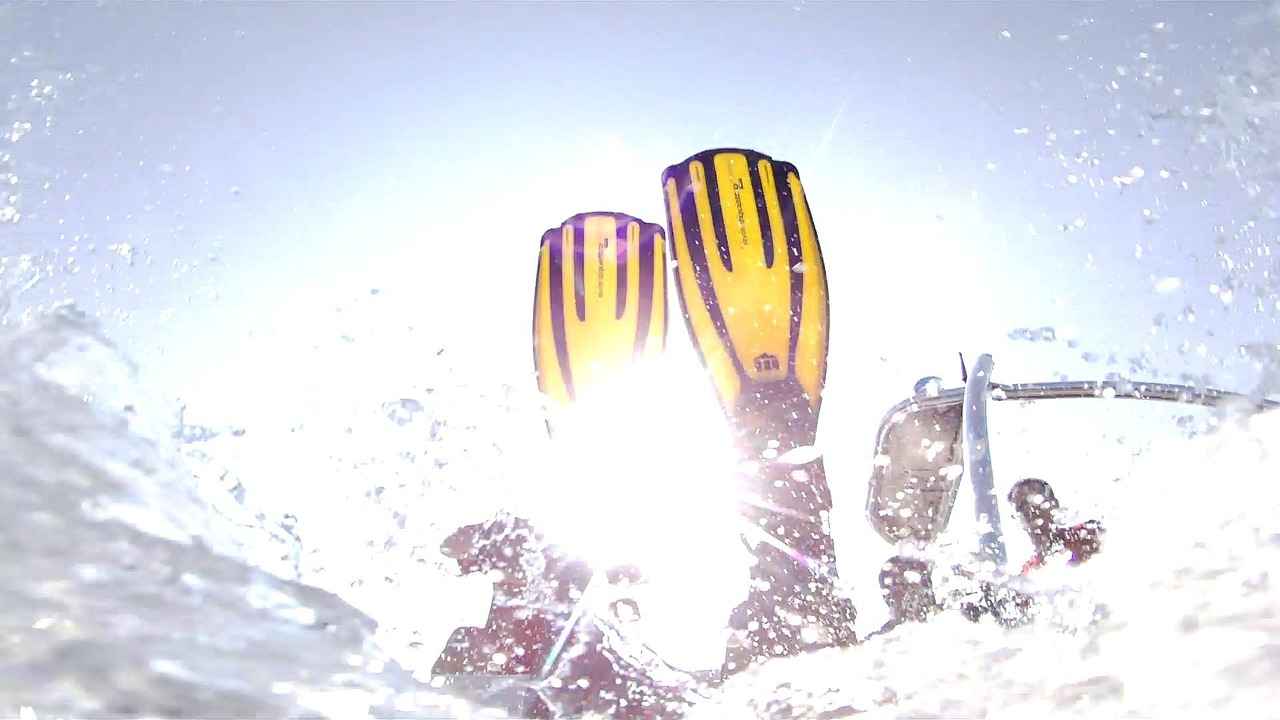
What Common Mistakes Should You Avoid in Underwater Filming?
When it comes to capturing breathtaking underwater footage, avoiding common pitfalls is essential. Many underwater videographers, both novice and experienced, encounter similar mistakes that can hinder the quality of their videos. By identifying these frequent errors, you can significantly enhance your filming outcomes and save valuable time during the editing process.
One of the most common mistakes is inadequate preparation. Before diving in, ensure that your action camera is fully functional and properly sealed. Check for any signs of wear on the seals and test the camera in a controlled environment to confirm it’s waterproof. This will prevent any unexpected water damage that could ruin your footage.
Lighting underwater can be tricky due to varying depths and water clarity. A common mistake is relying solely on natural light. To sidestep this, consider investing in artificial lighting options, such as underwater lights or video lights, to enhance visibility. Additionally, always shoot during optimal times, such as midday, when sunlight penetrates the water effectively.
Many underwater videographers overlook the importance of adjusting their camera settings for underwater conditions. White balance is particularly crucial, as colors can appear washed out underwater. Adjust your camera settings to compensate for the blue hues of the water. Experiment with different settings before your dive to find the best balance for your environment.
Another frequent mistake is neglecting composition. Underwater scenes can be mesmerizing, but poor framing can detract from the beauty. Use the rule of thirds to create more engaging shots. Focus on interesting subjects and avoid clutter in the background. This will help draw viewers into your underwater world.
Quick, jerky movements can lead to shaky footage, which is a common issue for many videographers. To counteract this, practice smooth and deliberate movements while filming. Consider using a stabilizer or gimbal to maintain steady shots, especially when capturing fast-moving subjects.
After your dive, many videographers fail to properly care for their equipment. Rinse your camera and accessories with fresh water to remove salt and debris. This simple step can prevent corrosion and prolong the life of your gear. Additionally, store your equipment in a cool, dry place to avoid damage.
While editing can enhance your footage, it’s not a catch-all solution for poor filming practices. Instead of relying on editing to fix mistakes, focus on getting the best shot possible during filming. However, basic editing techniques, such as color correction and stabilization, can help improve the overall quality of your final product.
By recognizing and avoiding these common mistakes, you can significantly improve your underwater filming experience. Preparation, understanding lighting, managing camera settings, and maintaining proper movement are all critical elements that contribute to stunning underwater videos. With practice and attention to detail, your underwater footage can truly shine.
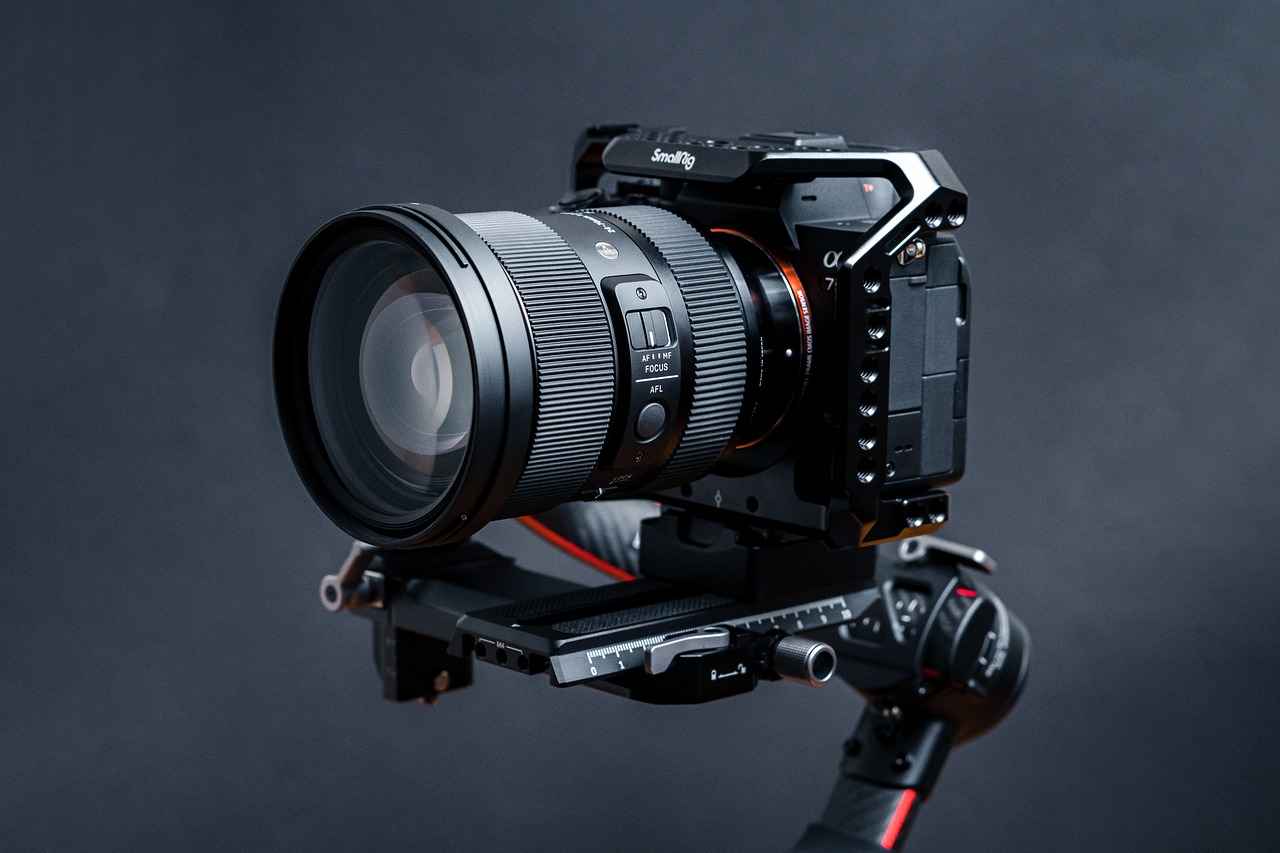
How to Share Your Underwater Videos Effectively?
Sharing your underwater videos effectively can significantly expand your audience and engage viewers who share your passion for marine life and adventure. With the rise of digital platforms, there are numerous ways to showcase your stunning underwater footage. Below, we explore various platforms and strategies to help you reach a broader audience.
Social media platforms such as Instagram, Facebook, and YouTube are excellent venues for sharing your underwater videos. These platforms allow for immediate interaction with viewers through likes, comments, and shares, which can help your content go viral. Utilize hashtags like #UnderwaterPhotography and #MarineLife to increase visibility and connect with like-minded individuals.
In addition to social media, consider dedicated video sharing sites like Vimeo and DailyMotion. These platforms cater specifically to video content, allowing for higher quality uploads and a more focused audience. You can also join communities within these sites that are dedicated to underwater videography, providing a niche audience that appreciates your work.
To ensure your underwater videos reach the widest audience possible, focus on SEO optimization. Use relevant keywords in your video titles, descriptions, and tags. For example, terms like “underwater adventure” or “scuba diving footage” can help attract viewers searching for related content. Creating engaging thumbnails and compelling descriptions can also entice clicks and views.
Engagement is crucial in building an audience. Respond to comments on your videos and engage with your viewers on social media. Ask questions, encourage feedback, and create a sense of community around your content. This interaction can lead to loyal followers who are eager to share your videos with their networks.
Collaborating with other creators can significantly expand your reach. Partner with fellow underwater videographers or marine conservation organizations to create joint content. This not only exposes your work to a new audience but also enriches your videos with diverse perspectives and skills.
- Share snippets: Post short clips on platforms like Instagram or TikTok that link back to the full video on YouTube.
- Use email newsletters: If you have a mailing list, share your latest videos directly with your subscribers.
- Participate in forums: Engage in online communities related to underwater videography and share your work where appropriate.
Consistency is key to maintaining viewer interest. Develop a regular posting schedule to keep your audience engaged. Whether it’s weekly or monthly, having a predictable timeline helps viewers know when to expect new content, which can enhance your overall reach and engagement.
By utilizing these strategies and platforms, you can effectively share your underwater videos, connect with a broader audience, and inspire others with your breathtaking captures of the underwater world. Remember to stay creative and authentic in your approach, as this will resonate with viewers and encourage them to share your passion for the ocean.
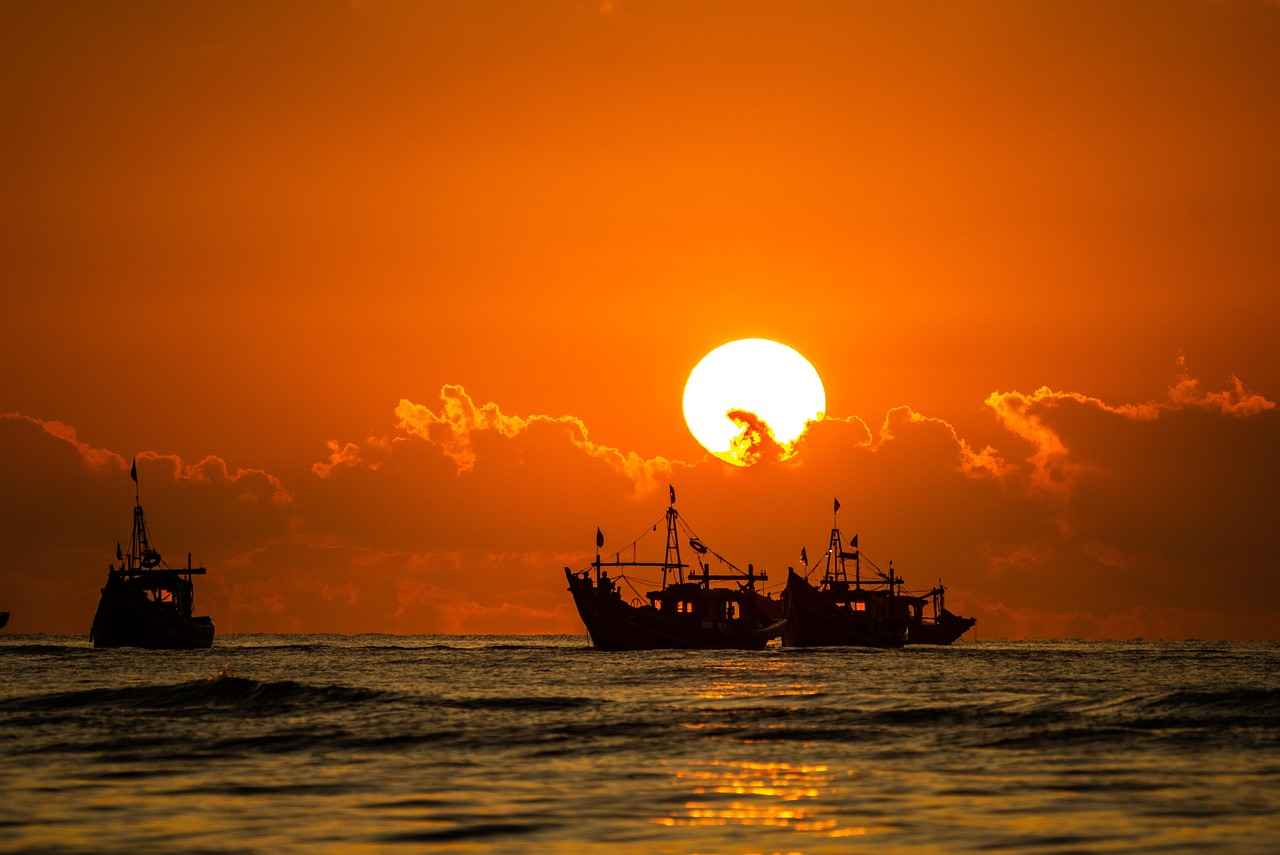
What Inspiring Examples of Underwater Videos Can You Learn From?
Studying successful underwater videos can provide valuable insights into the art of underwater filming. By analyzing notable examples, you can uncover the techniques and strategies that make these videos effective and inspiring. Here are some key aspects to consider when examining successful underwater footage:
- Visual Storytelling: Great underwater videos often tell a story, whether it’s the journey of a marine creature or an exploration of a vibrant reef. Look for videos that engage viewers with a narrative, making them feel part of the underwater world.
- Composition Techniques: Pay attention to how the videographers frame their shots. Effective use of the rule of thirds, leading lines, and symmetry can enhance the visual appeal of your footage.
- Color Grading: The underwater environment can alter colors significantly. Successful videos often utilize color correction techniques to restore vibrancy and clarity, making the footage more captivating.
- Movement and Flow: Observe how subjects move through the water and how the camera follows them. Smooth, controlled movements can create a sense of fluidity and grace, making the footage more enjoyable to watch.
- Natural Lighting: Many successful underwater videos make excellent use of natural light. Notice how sunlight filtering through the water can create stunning effects and enhance the overall ambiance.
- Close-ups and Macro Shots: Highlighting small details, such as the textures of coral or the intricate patterns on fish, can add depth to your videos. Look for examples that effectively capture these elements to inspire your own work.
To further illustrate these points, consider the following examples of renowned underwater videos:
| Video Title | Creator | Key Takeaway |
|---|---|---|
| The Blue Planet | BBC | Exceptional storytelling and breathtaking visuals. |
| Chasing Ice | Jeff Orlowski | Powerful use of natural light and environmental themes. |
| Mission Blue | National Geographic | Inspiring conservation message combined with stunning footage. |
By analyzing these examples, you can draw inspiration for your own underwater filming techniques. Focus on what makes these videos resonate with audiences, and consider how you can apply similar strategies in your work. Whether it’s through storytelling, composition, or lighting, there are countless lessons to be learned from successful underwater videographers.
Frequently Asked Questions
- What action camera is best for underwater filming?
When choosing an action camera for underwater filming, consider models with high waterproof ratings, excellent image quality, and features like stabilization. Popular options include the GoPro Hero series and DJI Osmo Action, which are designed specifically for aquatic adventures.
- How do I prepare my action camera for underwater use?
Preparation is key! Make sure your camera is properly sealed, check all gaskets for damage, and use an underwater housing if needed. Don’t forget to attach any necessary accessories, like float straps, to prevent losing your gear.
- What accessories can improve my underwater video quality?
To enhance your underwater footage, consider using accessories such as underwater housings, color correction filters, and stabilizers. These tools can help you capture clearer, more vibrant videos even in challenging conditions.
- How should I adjust my camera settings for underwater filming?
Adjusting settings like white balance and exposure is crucial for capturing vibrant underwater scenes. Experiment with different frame rates and resolutions to find what works best for your specific conditions.
- What are the common mistakes to avoid in underwater filming?
Avoid common pitfalls like not checking your camera seals, using incorrect settings, or neglecting to plan your shots. By being aware of these mistakes, you can improve your chances of capturing stunning underwater footage.
